This year’s Lunar New Year falls on the 29th of January 2025, marking the beginning of the year of the wood snake.
Chinese New Year or Lunar New year is also known as the Spring festival and it is one of the most important celebrations in China and Chinese communities around the world. It all starts on Chinese New Year’s Eve – 28th January 2025. Chinese New Year’s eve, or Spring Festive Eve, is also known as 除夕 (chúxī) in Mandarin.
The most important thing that people do on this day is to celebrate the occasion with a reunion feast, which is also considered the most important meal of the year.
On this very day, family members far and wide will travel back home to celebrate the festivity together. This is a time of family togetherness, to share, to reconnect and to catch up ahead of the long festivity to come – 15 days of celebration. The festive meal will be celebrated by sitting around the table and sharing a sumptuous festive meal.
So, what festive meals do the Chinese usually serve during Chinese New Year’s Eve?
Chinese New Year festival is a cluster of traditions and practices of many thousands of years… and different regions have their own way of celebrating and different food they serve on this special day.
An example of the food that we have is dumplings, chicken, sweet rice cake, spring rolls and noodles etc. Each food has its meaning on the dinner table during this auspicious day.
For example the meaning of sweet glutinous rice cake – it is called “niangao” in Mandarin. The sound of nian gao sounds like “getting higher and higher by the year”. It can be interpreted as earning higher income or gaining position in the workplace.
Noodle represents happiness and longevity for family members. As for fish – the Chinese character sound like “surplus” – it means there is surplus throughout the year. Surplus in food, abundance, richness etc.
As for our family back in Malaysia and until now in Australia, we always have the steamboat dinner as the reunion dinner. A steamboat symbolises family reunion because the steamboat pot, which is normally round in shape, represents family “reunion” (團圓Tuányuán) in Chinese.
Some families will serve “poon choi”, also known as “Chinese casserole” or “big bowl feast” – a traditional Cantonese / Hakka festival meal composed of many layers of different ingredients (choi), served in a large wooden, porcelain or metal round basin (poon). The round bowl represents family reunion, and the different ingredients can be prawns, scallops, abalone, vegetables, sea cucumber, fish etc., which signify abundance and prosperity in the new year.
Other families will celebrate with dumplings, whole chicken, sweet rice balls, spring rolls and noodles.
After the festive / reunion dinner….
After the sumptuous meal, we will all help with the cleaning up and stay awake (especially children) until midnight to welcome the new year with fireworks. The louder the fireworks the better, as there is an ancient myth that loud fireworks will frighten the evil spirit away. However, in the modern days, families will still celebrate with fireworks, but more for the fun and festivity of it. Other families in the neighborhood will be celebrating together. The special evening brings such nostalgic memories.

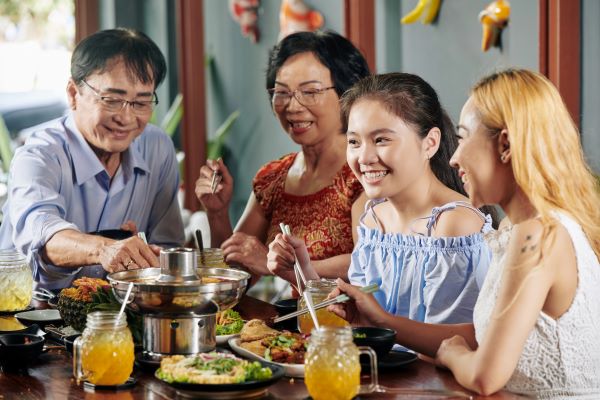
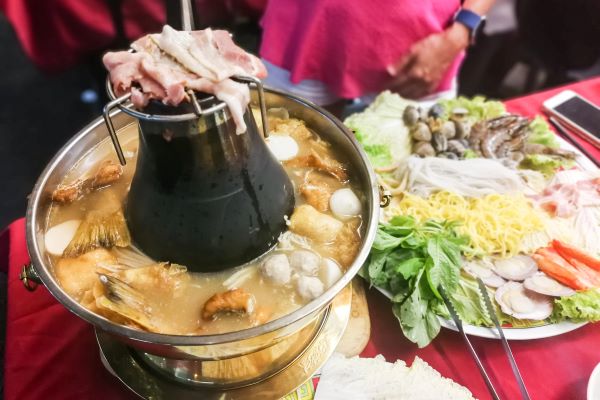
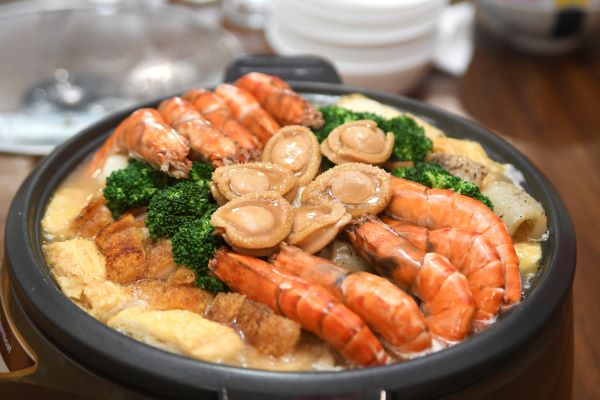
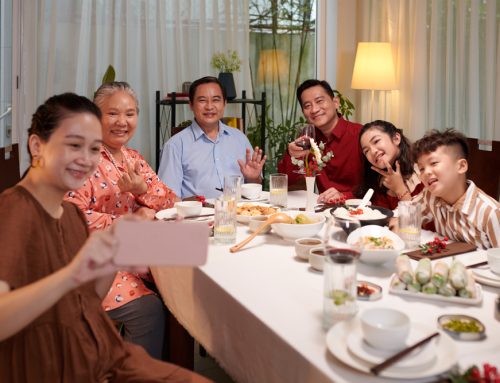


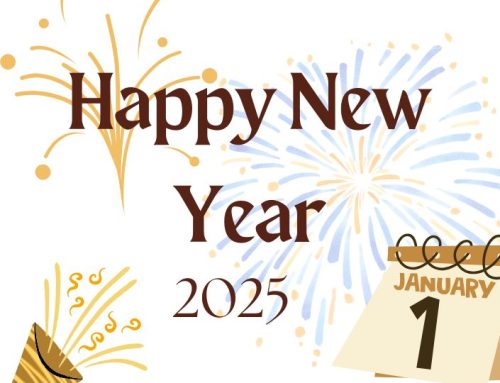
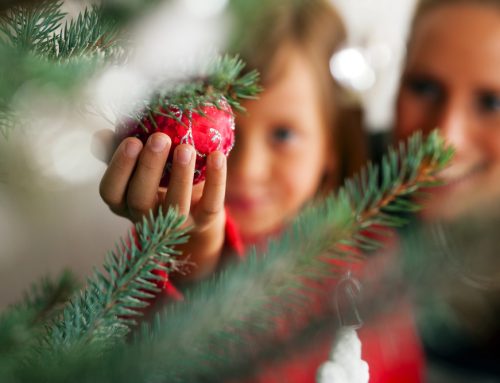
Please tell me the ingredients for a steamboat
I am interested in having a steamboat party.
I need to know what the liquid is made from and the quantity of the ingredients
Hi Trevor thank you. Basically the stock for steamboat is your basic protein stock (from meat – such as chicken stock). Your stock will become more flavourful as you add the different ingredients (premarinated) to it. This stock will be bland, but it goes with different type of dipping sauces.
Here is the recipe that I cook: https://nyonyalicious.com.au/traditional-chinese-steamboat-australian-way/